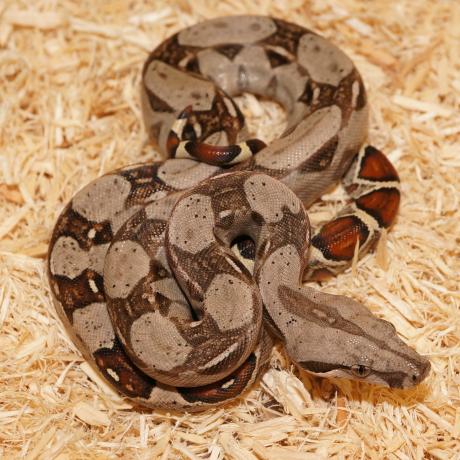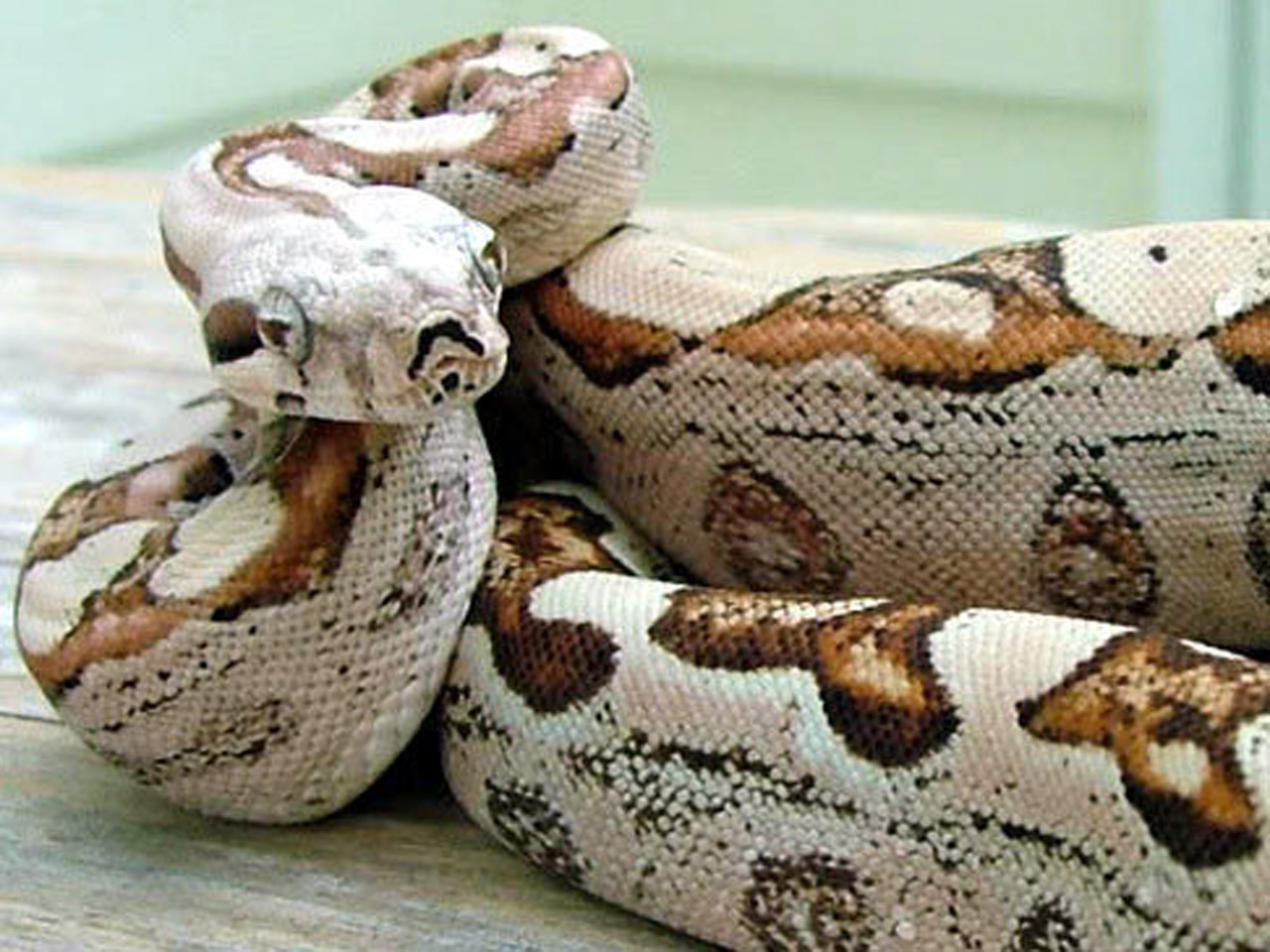
Each of these five species has an extremely potent neurotoxin that can be deadly to humans even in tiny amounts. There are a total of five species in Costa Rica two of which live in the sea, the coral snake and the sea snake. Most of the other venomous snake species are not actually dangerous to humans and there is no life-threatening injury from a snake bite.īy far the strongest and most effective poison is found in the elapids. These two snake species belong to the pit vipers along with 14 other species. The so-called bushmaster has a similarly life-threatening and large amount of poison as the fer-de-lance but lives far away from people in dense primary forest and has a rather calm character.

Thus, the probability of encountering a fer-de-lance is greater than any of the other species. The fer-de-lance is the most dangerous of Costa Rica’s 22 venomous snake species because it has a rather irritable character and it often stays in the vicinity of human settlements. The most dangerous and also the most widespread in Costa Rica is the fer-de-lance. In addition to the colubrids and giant snakes, there are also 22 different types of poisonous snakes. Like the colubrids, boa constrictors do not produce poison, they kill their prey by strangulation which is where the term “constrictor” comes from. There are 6 species of large snakes including the infamous Boa Constrictor which grows up to 10 feet long and can weigh 45 pounds. Many are only about 8 inches long but there are also snakes over 10 feet. The majority of Costa Rican snakes are non-venomous and usually quite shy. With over 100 species, the colubrids family is the largest group. If, for example, you are specifically looking for a beautiful lance viper, we recommend that you take a guided tour because the local tour guides know best from their experience where the animals like to stay and hide.Ĭosta Rica is home to 137 different species of snakes, about 5% of the world’s species. A healthy dose of respect is in order due to the large and poisonous snakes here but if you stay on the designated paths you will rarely come them. We have found that in most cases snakes are good at hiding so you rarely see these animals unless you are specifically looking them.

Gestation lasts for up to 150 days, during which time the female does not consume any food.īoa constrictors have poor vision, and therefore rely their specialized heat-sensing cells to locate prey.Many people are afraid of snakes and because of that they don’t travel to Costa Rica.

The female bears live young, and can produce as many as 64 young in one cycle. Mating takes place during the dry season, which usually occurs between April and August. Young boa constrictors feed on mice, birds, bats and amphibians. The bulk of their diet consists of rodents and lizards.

Scales are usually brown, gray or cream in base color with red-brown spots that are more pronounced near the tail.īoa constrictors prey on a variety of small to medium sized mammals and birds. They are heavy-bodied, with the largest specimens reaching up to 60 pounds. They are mainly terrestrial and commonly live in hollow logs and abandoned mammal burrows.ĭepending on location and available prey, boa constrictors can reach lengths anywhere from 3 to 13 feet. As a capable swimmer, they are also found along rivers and streams. Native to the tropical forests of Central and South America, boa constrictors prefer warm, humid environments.


 0 kommentar(er)
0 kommentar(er)
